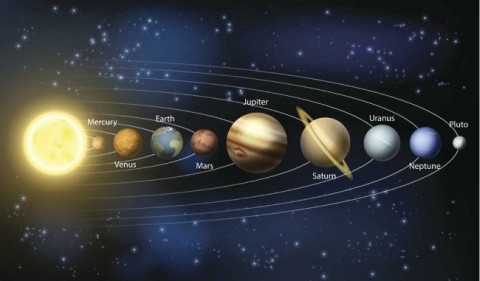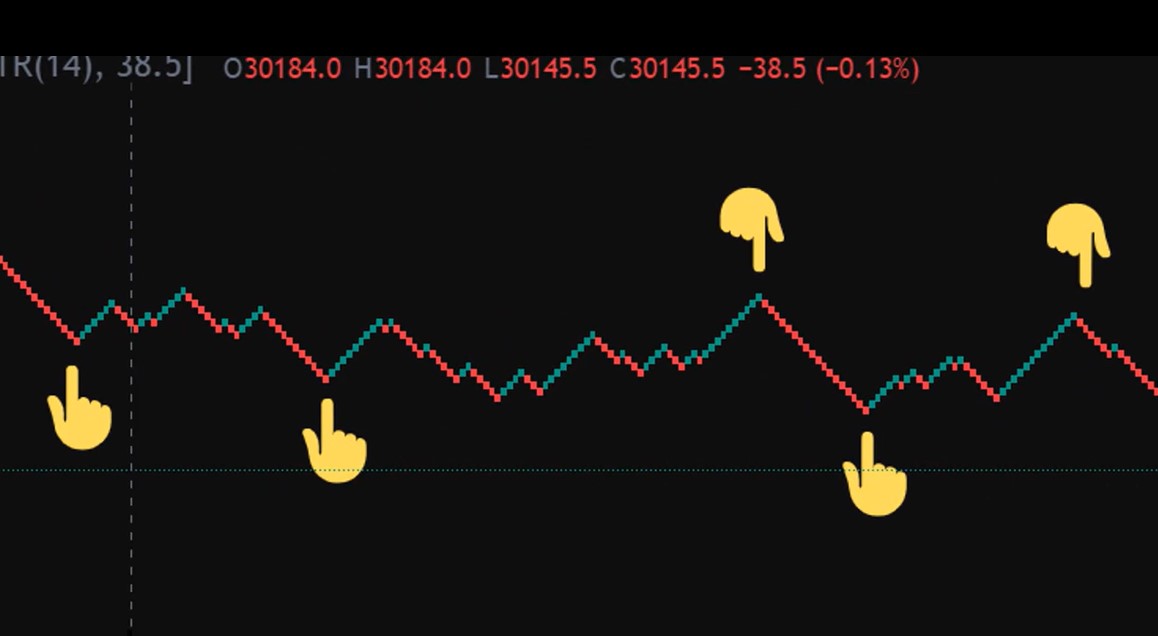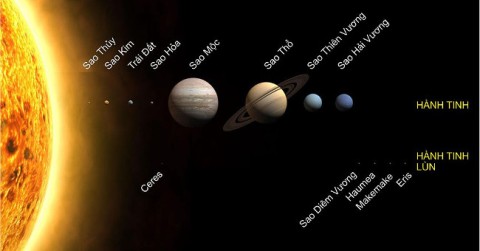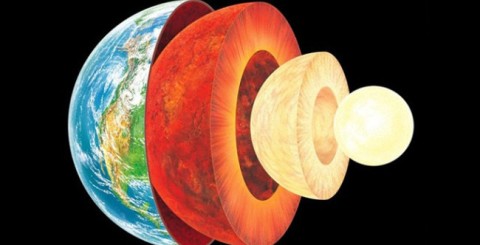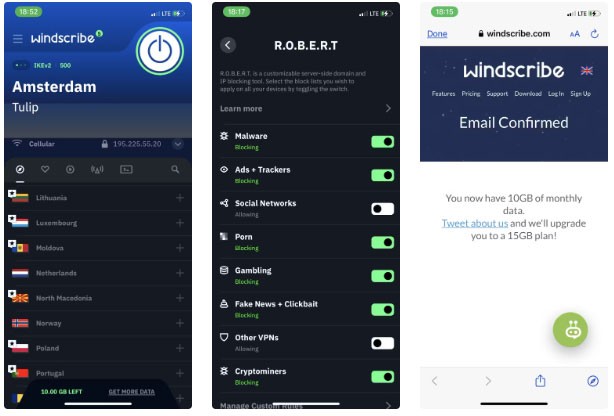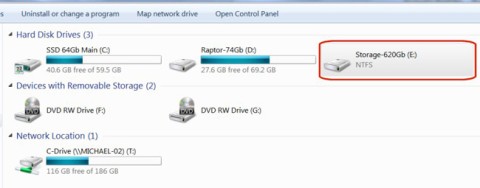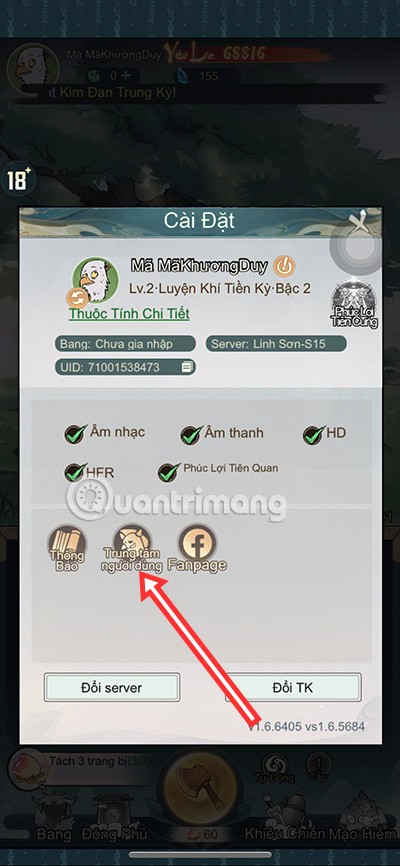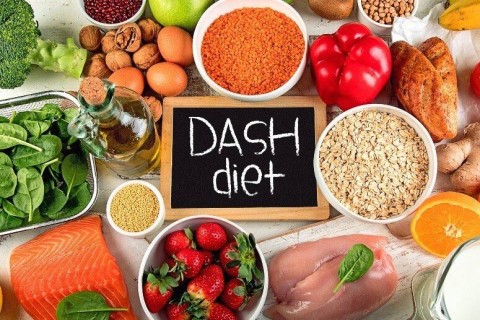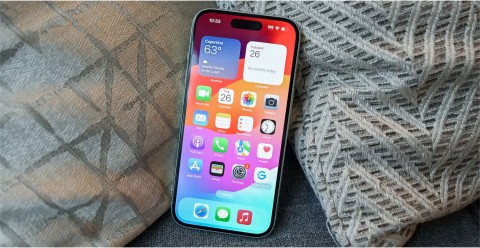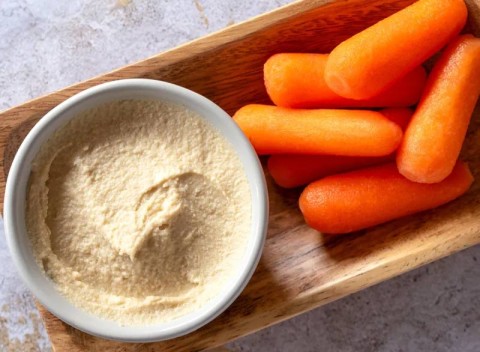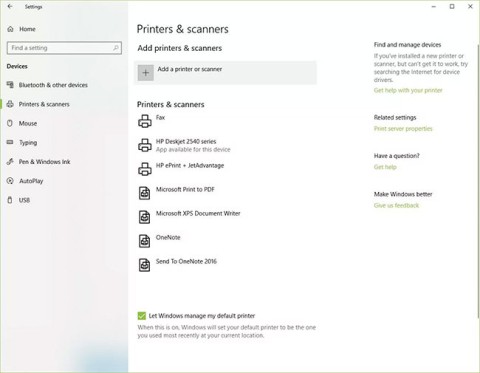Mercury is the smallest planet in the Solar System and also the closest planet to the Sun. Mercury orbits the Sun at an incredibly fast speed, averaging nearly 106,000 miles per hour. These are just a few of the many interesting facts about this planet.
1. Mercury's poles still contain water ice despite being close to the Sun.
Despite its close proximity to the Sun and its extremely hot surface, the regions at Mercury's north and south poles are in permanent darkness. This allows water to exist as ice in cold, never-lit regions.
The first evidence of water ice on Mercury was collected by the MESSENGER (MErcury Surface, Space ENvironment, GEochemistry, and Ranging) spacecraft, which made multiple flybys of Mercury from 2008 to 2015.
2. Surface temperature is both extremely hot and extremely cold
As the closest planet to the Sun, it's no surprise that surface temperatures on Mercury can reach 800 degrees F (427 degrees C).
Interestingly, however, because there is no atmosphere, the planet's surface temperature can drop to -290 degrees Fahrenheit (-179 degrees Celsius) at night. For comparison, absolute zero (the coldest possible temperature) is -460 degrees Fahrenheit (-273 degrees Celsius).
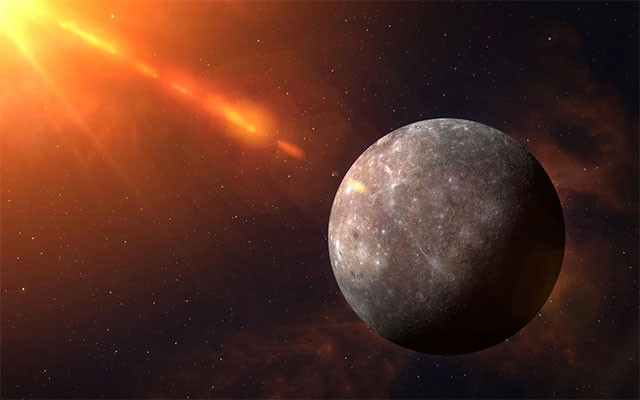
3. Mercury has no atmosphere, only a thin exosphere.
That's right, Mercury doesn't have an atmosphere. That's because the planet's gravity is too weak to form an atmosphere, and because it's so close to the Sun, Mercury is constantly bombarded by massive amounts of solar radiation.
The solar wind impacts particles on the planet's surface, pushing them outward. These atoms, along with atoms and particles knocked off the surface by meteorite impacts, form a thin exosphere composed of oxygen, sodium, hydrogen, helium, and potassium.
4. Mercury's surface is full of giant impact craters
Over billions of years, countless meteorites, asteroids, and comets have collided with Mercury, turning the planet's surface into a scarred landscape of large and small impact craters.
The largest impact crater is about 950 miles (1,529 km) in diameter, and is called the Caloris Basin. The second largest impact crater on Mercury is Rachmaninoff, which is about 190 miles (306 km) in diameter.
Both of these craters were formed in the early days of the Solar System by large asteroids, leaving their mark on the planet's surface for millennia. Many of these craters are named after famous artists, including one named after Dr. Seuss.
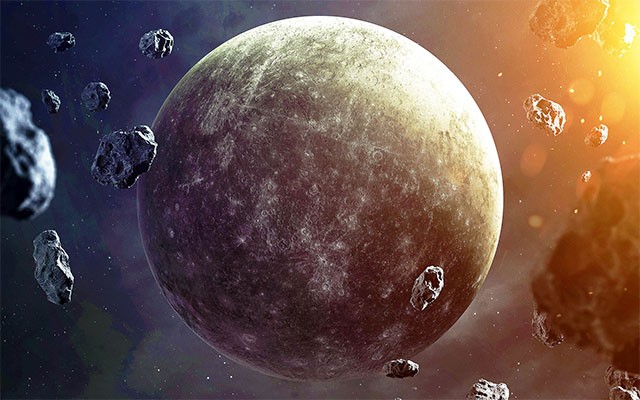
5. Mercury is most like Earth's Moon
With its cratered surface, lack of atmosphere, and small size, Mercury's surface is very similar to Earth's Moon. However, unlike Mercury, the Moon is not bombarded by massive amounts of solar radiation, and its core has long since cooled.
6. Mercury's metallic core is unusually large
Mercury's metallic core likely remained partially molten or completely liquid billions of years after the planet formed. As the core continues to cool, Mercury is slowly shrinking.
This metallic core is unusually large, taking up about 85% of the planet's radius. By comparison, Earth's core takes up only about 30% of the radius.
The prevailing theory for decades has been that billions of years of collisions stripped away a large portion of Mercury’s rocky crust, leaving behind a massive metallic core. However, a recent study suggests that Mercury may have the Sun and its massive magnetic field to thank for attracting iron particles in the early days of the Solar System and pulling them closer. As the planets began to form, accretion disks closer to the Sun accumulated more iron particles than disks farther away.
7. Mercury's magnetic field is unusually strong
Mercury's massive metallic core, which is likely still liquid, generates an unusually strong magnetic field for a body of its size. Although only 1.1% the size of Earth's, Mercury's magnetic field is strong enough to slow down the solar wind, creating a magnetosphere.
Being so close to the Sun causes Mercury's magnetic field to interact with the solar wind, creating giant magnetic whirlwinds that sweep across the planet's surface.
8. Some moons in the Solar System are larger than Mercury.
Although definitely a planet, Mercury is quite small. With a radius of just 1,516 miles (2,440 km), Mercury is just over a third as wide as Earth (radius 3,963 miles (6,378 km).
In fact, Mercury is so small that two of the Solar System's moons, Jupiter's Ganymede (the Solar System's largest moon) and Saturn's Titan, are both larger than Mercury. While Mercury has a diameter of 3,032 miles (4,880 km), Ganymede has a diameter of 3,270 miles (5,262 km), and Titan has a diameter of 3,199.73 miles (5,149.46 km).
9. One solar day on Mercury is equal to two Mercury years.
A day on Mercury, the time it takes the planet to rotate once on its axis, lasts about 58.6 Earth days. A year on Mercury, the equivalent of one orbit around the Sun, lasts 88 Earth days.
However, a solar day on Mercury, defined as the time between two solar transits (sunrise to sunrise), lasts 176 Earth days and is equal to two Mercury years!
